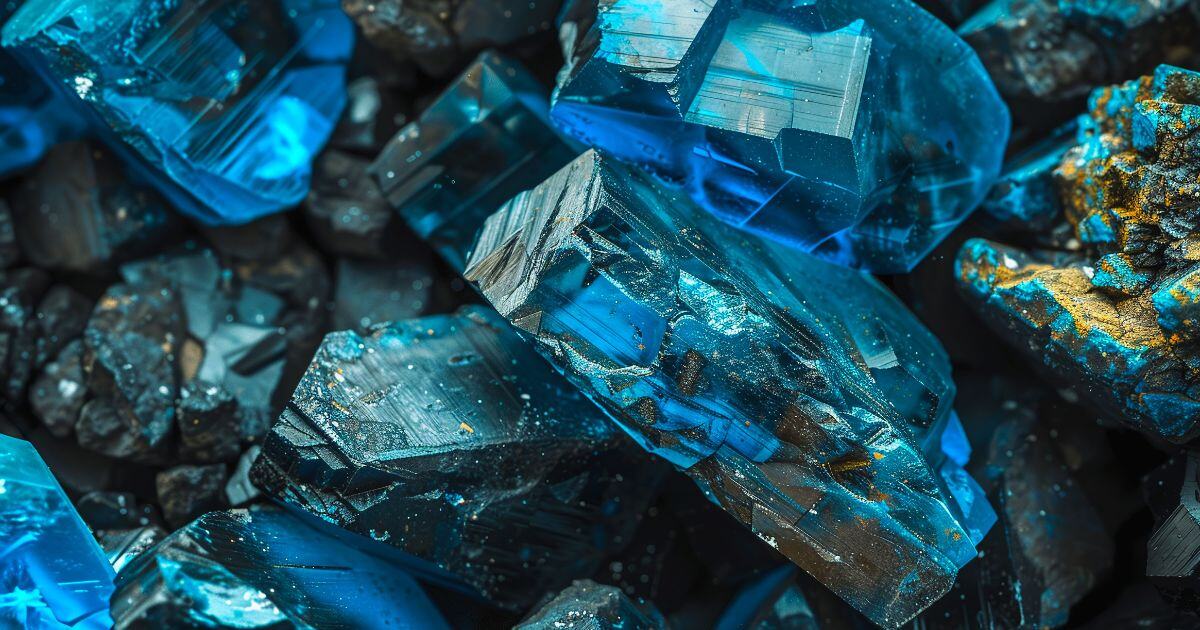Reporting on Extended Minerals in Your Supply Chain
Proactively addressing regulatory risk across your mineral supply chain
Download the e-book to understand the risks tied to extended minerals and how proactive due diligence protects your business.
Learn why minerals such as cobalt, mica, graphite, lithium, and nickel create ethical and operational challenges in global supply chains. The e-book explains where these risks originate, how they affect sourcing decisions, and why companies are turning to the Extended Minerals Reporting Template (EMRT) to improve data collection and supplier transparency. This resource gives you a clear starting point for strengthening responsible sourcing and preparing for rising ESG expectations.
Introduction
Cobalt, mica, copper, graphite (natural), lithium, and nickel, otherwise called extended minerals, are used to manufacture many products, including electronics, automotive parts, and cosmetics. Unfortunately, extended minerals are abundant in high-risk, conflict-affected areas, which means they are associated with armed conflict and human rights abuses.
Despite the high demand for these minerals in global supply chains, there are no regulations enforcing responsible sourcing practices for extended minerals. However, many ESG-focused companies have implemented their own responsible sourcing policies for their suppliers and voluntarily report on extended minerals in their supply chains with various tools and technology.
Understanding extended minerals
What are extended minerals?
Extended minerals are used to manufacture everyday products, such as electronics, paint, and automotive parts. Unfortunately, these minerals are often mined in high-risk regions, perpetuating armed conflict and human rights abuses. A lack of responsible sourcing regulations targeting extended minerals makes ethical sourcing difficult.
Cobalt
The European Union (EU) and the United States (U.S.) classify cobalt as a Critical Raw Material. Cobalt is an important mineral for technological development due to its natural qualities, like resilience to heat and hardness. It is predominantly used in electronic devices (like smartphones and laptops) and batteries. Most significantly, cobalt is crucial in manufacturing lithium-ion batteries (rechargeable batteries), which are growing in demand as the need for energy storage and zero-emissions increases, and critical to the future of sustainable energy sources.
Mica
Mica is a group of 37 minerals similar in physical structure and chemical makeup. Identified as sheet silicates, micas are structured in thin, distinguishable layers that are flexible, light, and soft. They are known for their heat resistance and electrical conductivity and are mined in sheets or flakes. Ground mica is used as a filler or extender in wallboard joint compounds, paint, drilling “muds,” plastic, automotive parts, cosmetic products, cement, and asphalt. Sheet mica is used in the electronic and electrical industries. Usefulness in insulation and heat resistance drives high demand for mica, especially when used in electronics.
Copper
Copper is a highly conductive metal, making it indispensable in a wide array of electrical applications, including wiring systems, electric motors, and industrial equipment such as heat exchangers. In the construction industry, copper is commonly used for roofing, plumbing, and other architectural elements due to its durability and resistance to corrosion. Beyond its metallic form, copper is frequently combined with other elements to create alloys used in coinage and armament components, such as gun metals. In the realm of chemistry and agriculture, copper compounds like copper sulfate serve practical purposes as fungicides, algicides, and diagnostic agents in sugar detection tests.
Graphite (Natural)
Natural graphite is an essential industrial mineral known for its exceptional thermal stability and electrical conductivity. These characteristics make it particularly valuable in the steel manufacturing process, where it is used in refractory materials that line the interiors of blast furnaces, ladles, and crucibles. Its ability to withstand extreme temperatures and chemical exposure makes graphite crucial for maintaining the integrity and efficiency of high-temperature industrial operations.
Lithium
Lithium is a lightweight, reactive metal that plays a pivotal role in modern technology. It is most prominently used in lithium-ion rechargeable batteries, which power an extensive range of devices—from smartphones and laptops to electric vehicles. In addition to energy storage, lithium contributes to the production of ceramics and glass, enhancing both thermal resistance and structural strength. Its versatility extends further into specialty applications, including lubricants, pharmaceutical formulations, and food additives, where it serves functional and stabilizing roles.
Nickel
Nickel is a multifunctional metal widely utilized across industrial and consumer sectors. It is a fundamental ingredient in the production of stainless steel and advanced alloys, where it imparts enhanced strength, resistance to corrosion, and high-temperature stability. Nickel also plays a key role in battery technologies, particularly in those used for electric vehicles. Its additional uses range from coinage and jewelry to everyday items such as cookware and personal care products. Trace amounts of nickel are naturally present in various food sources as well.


